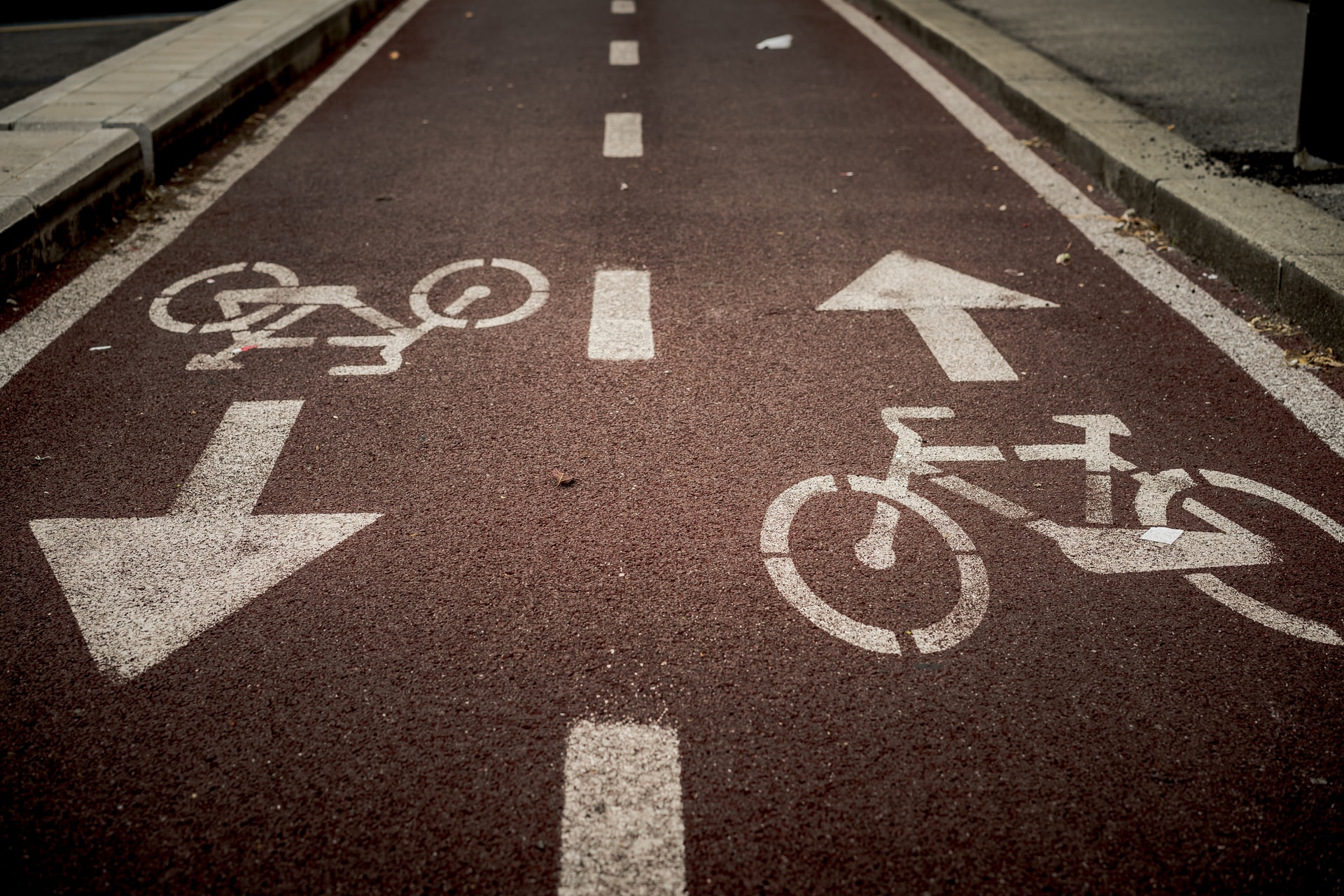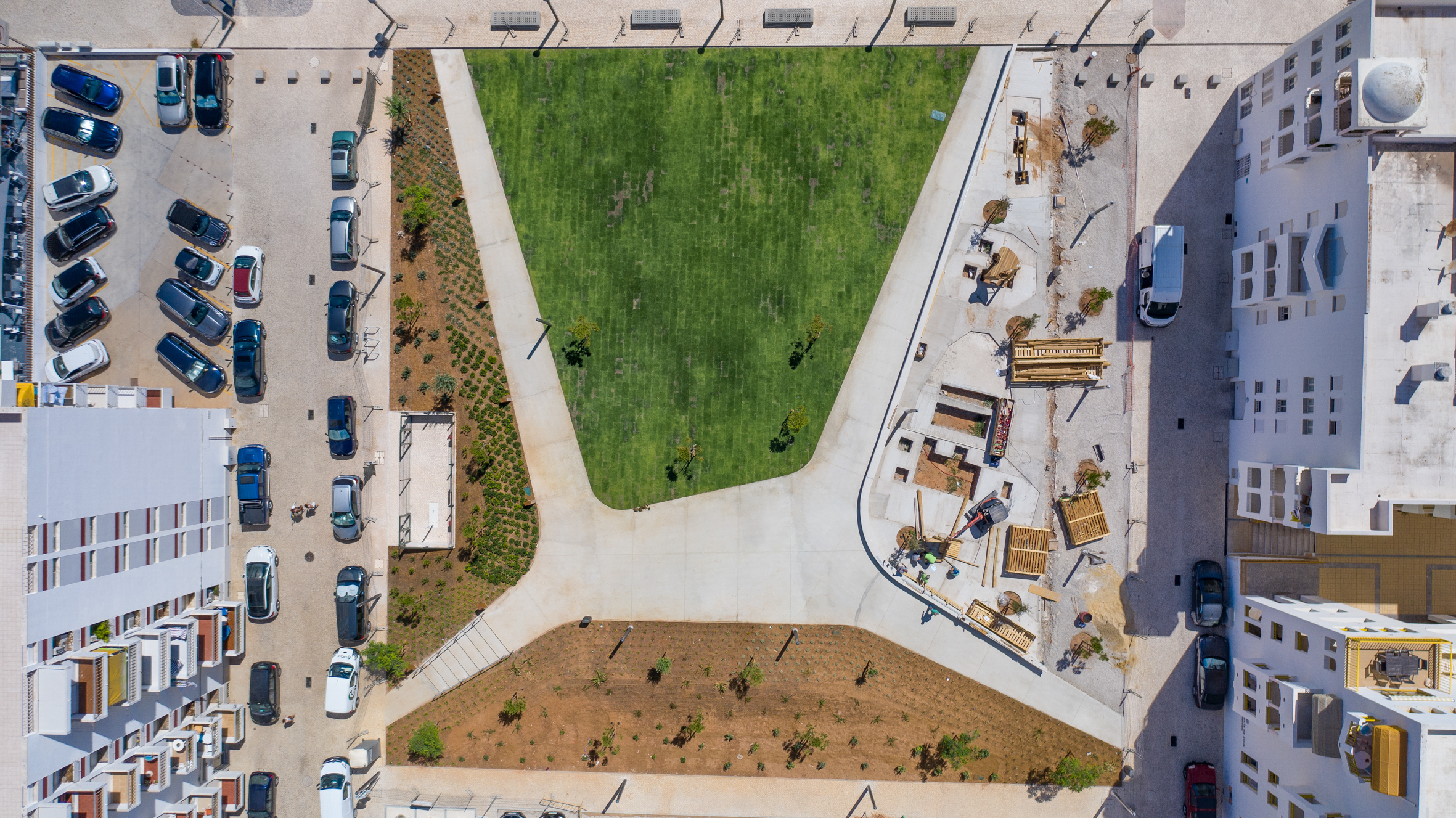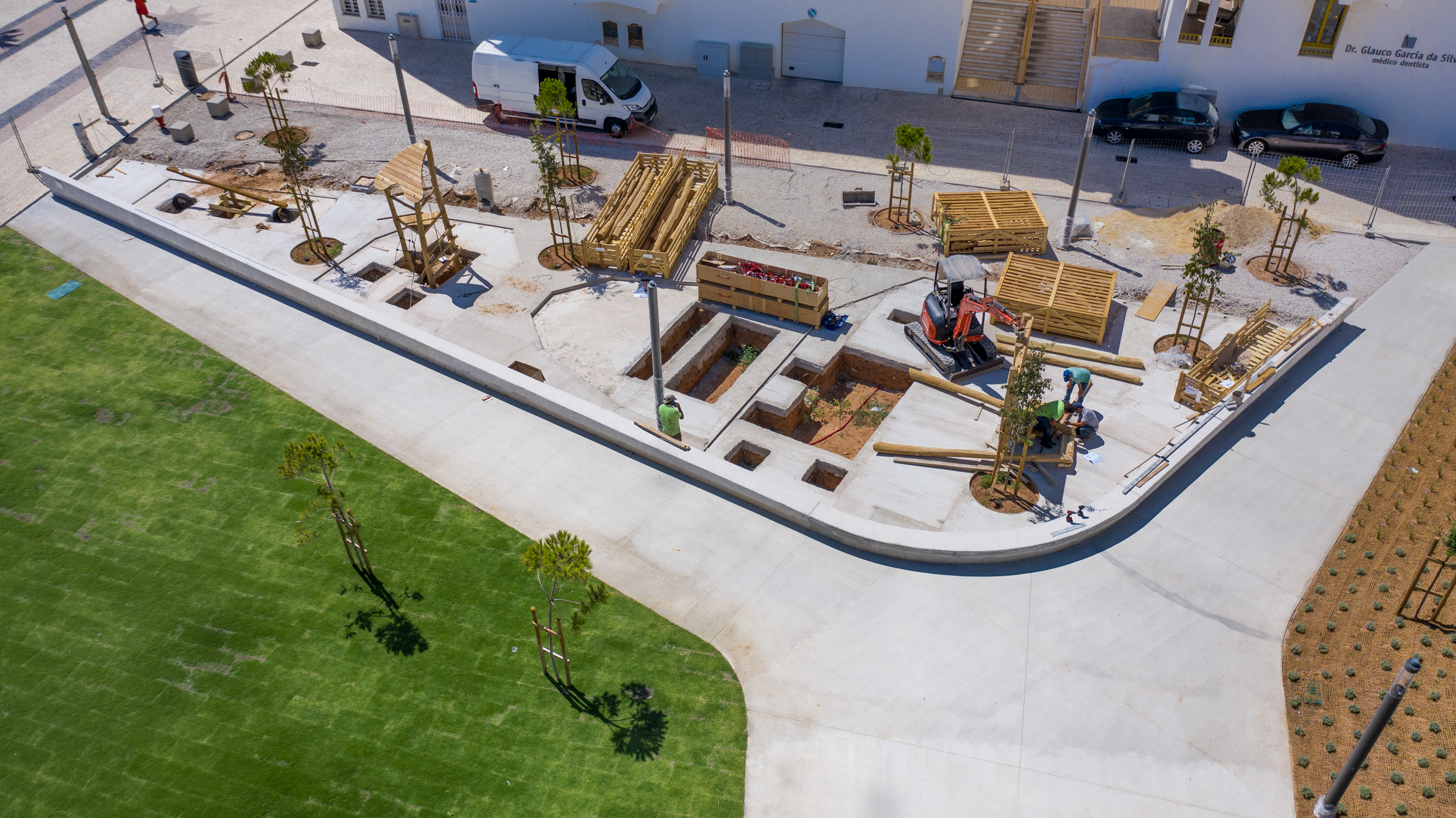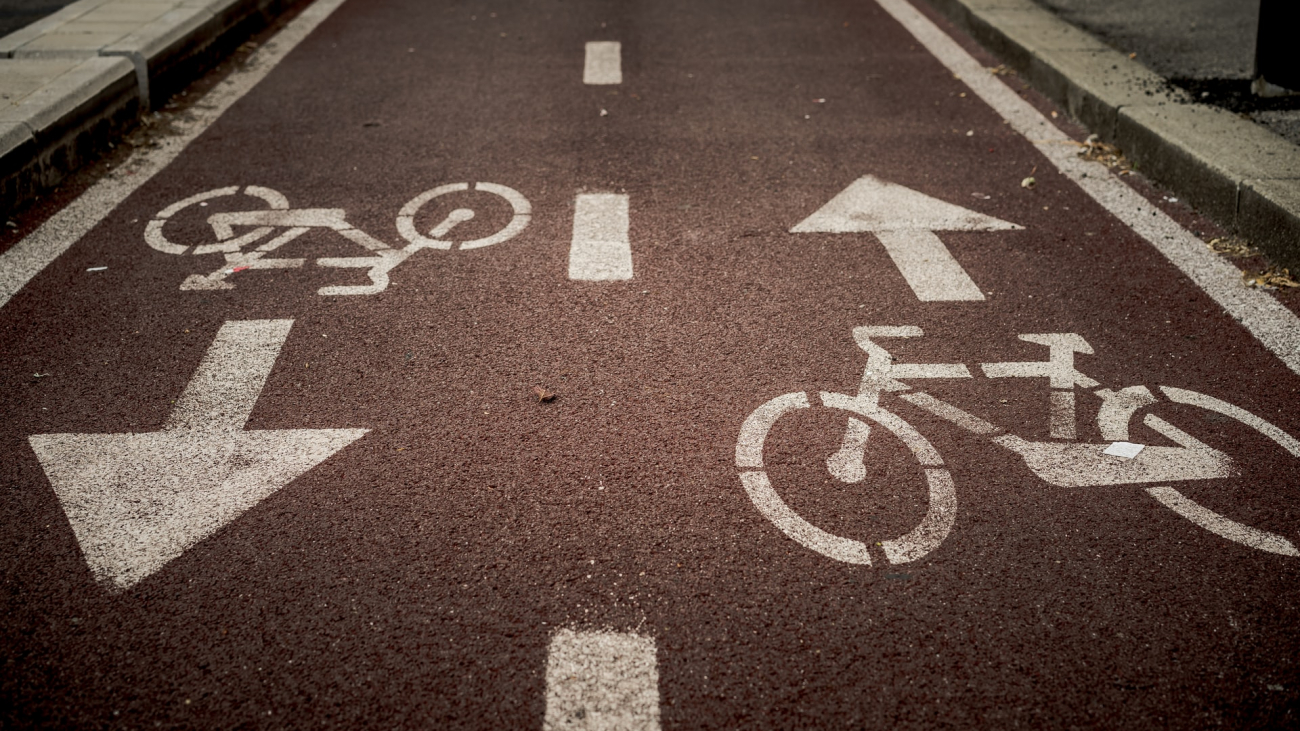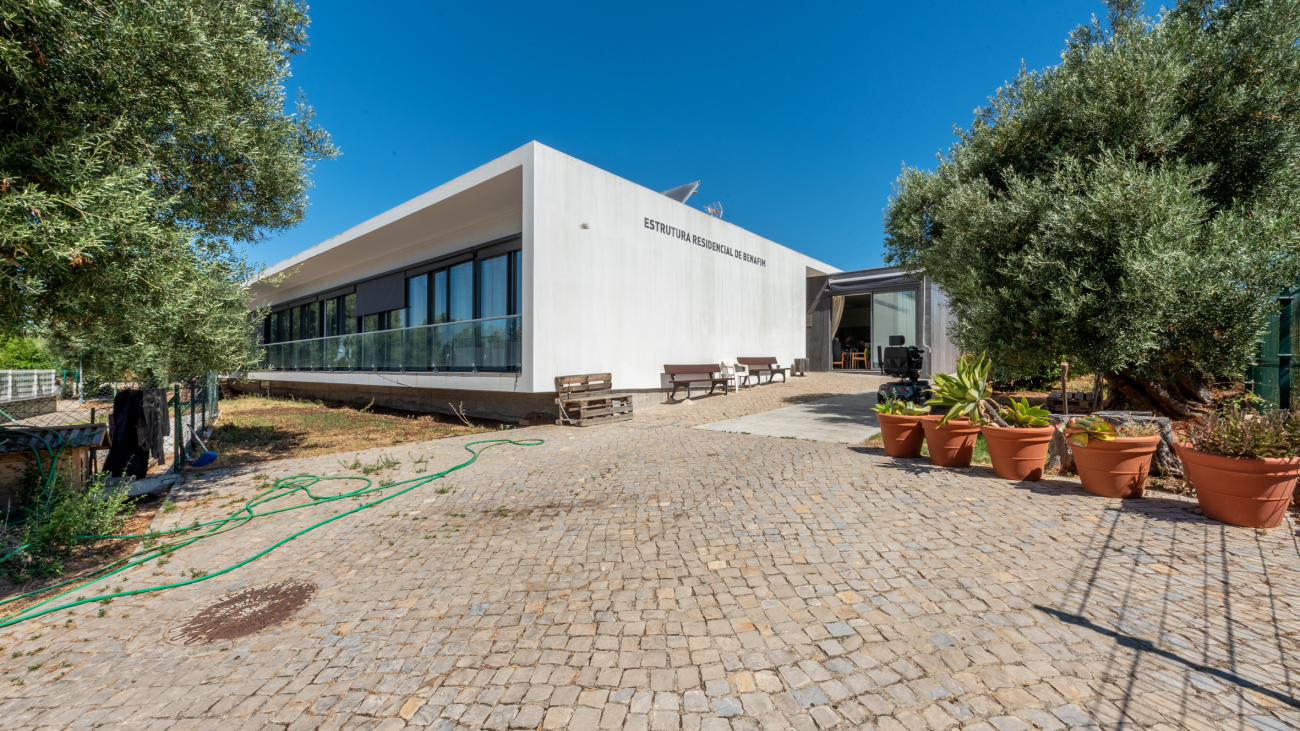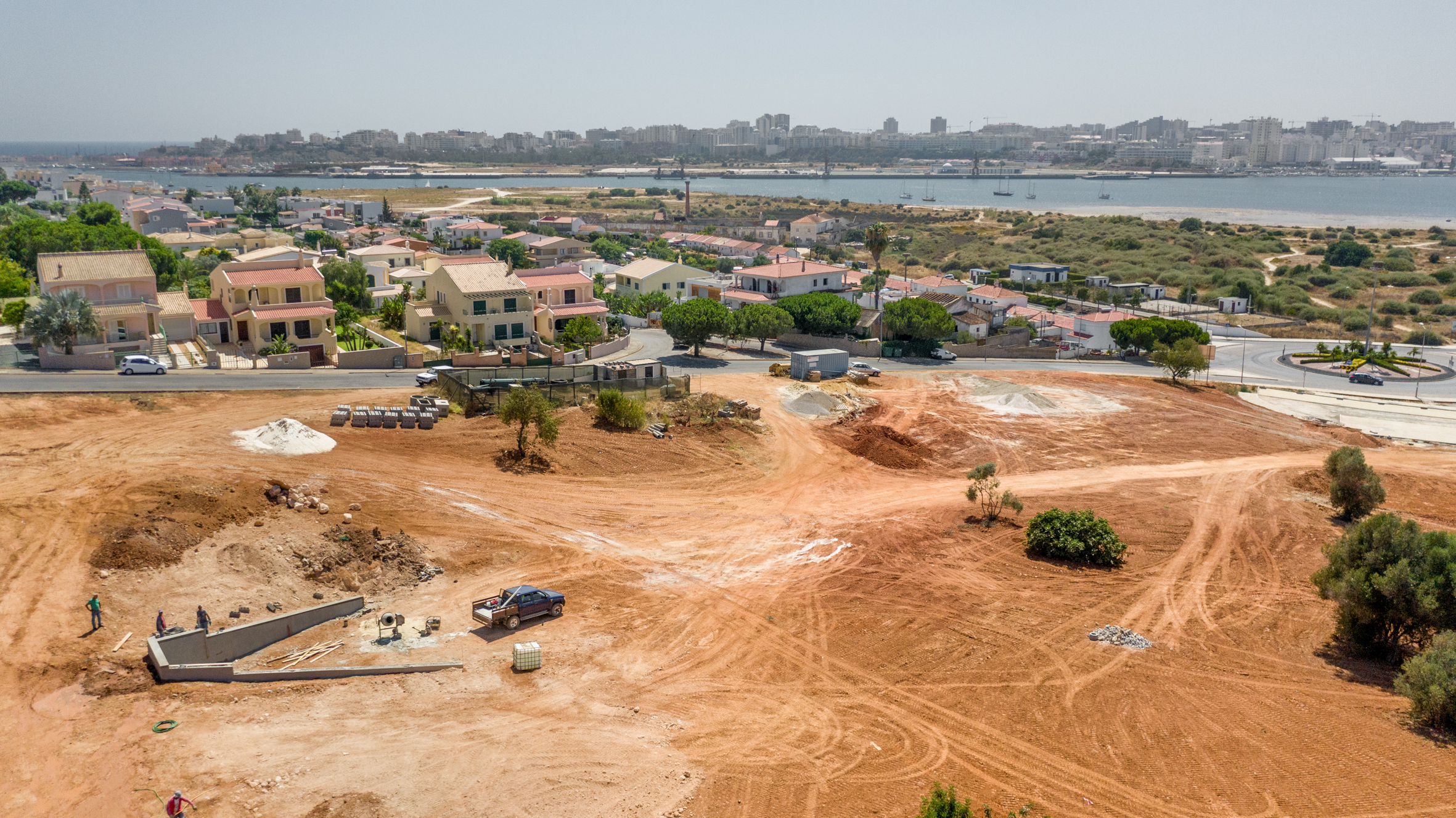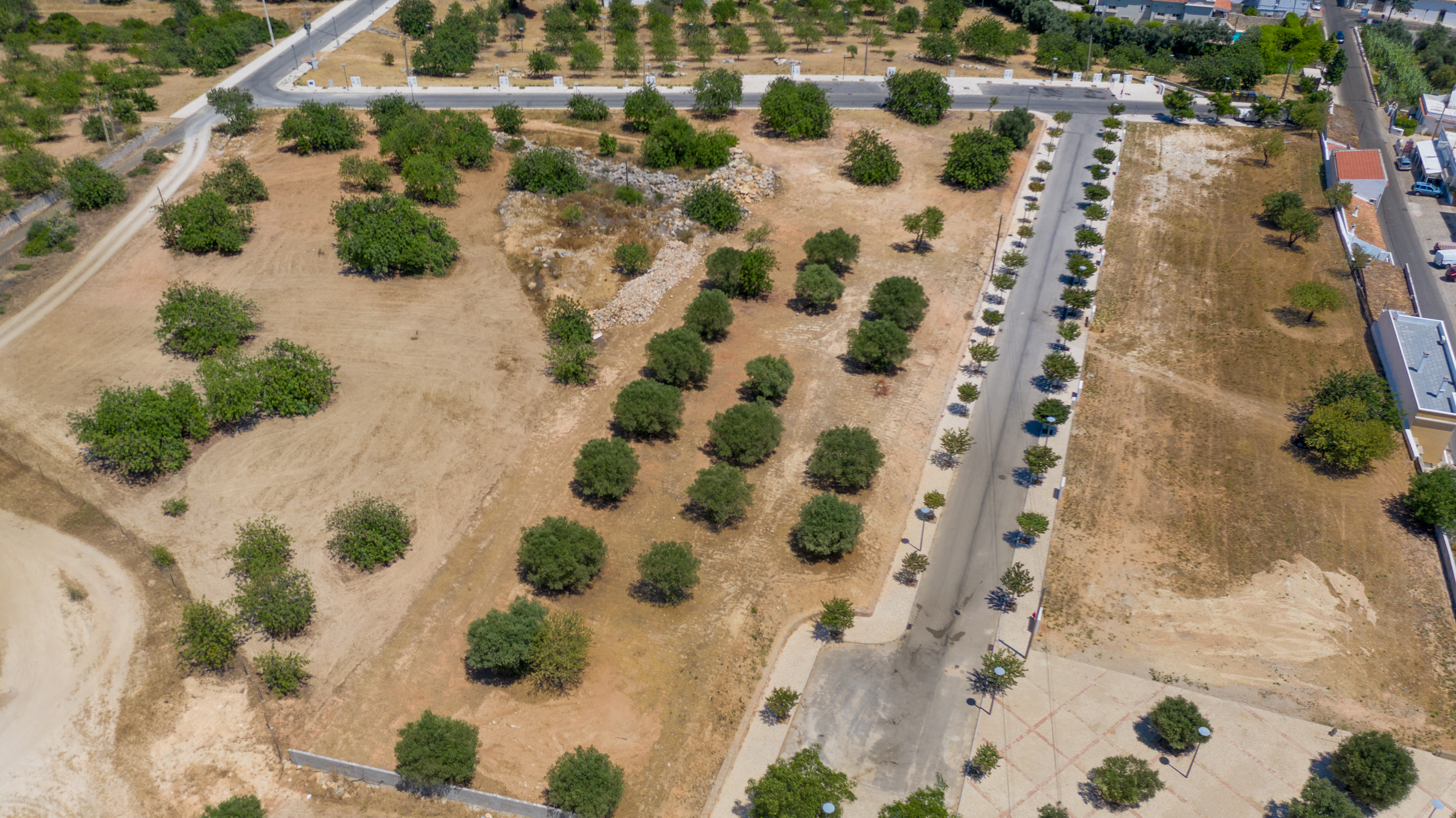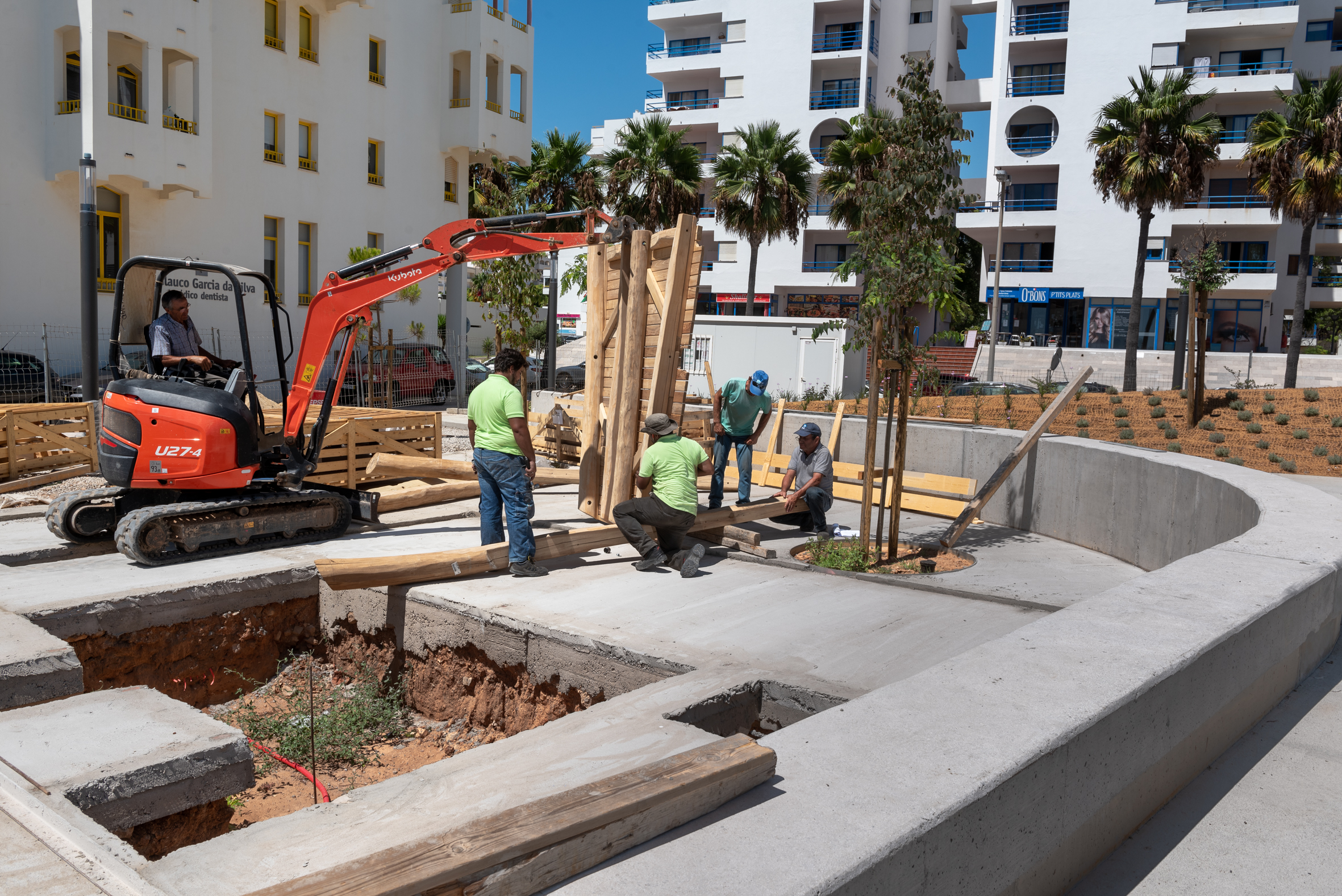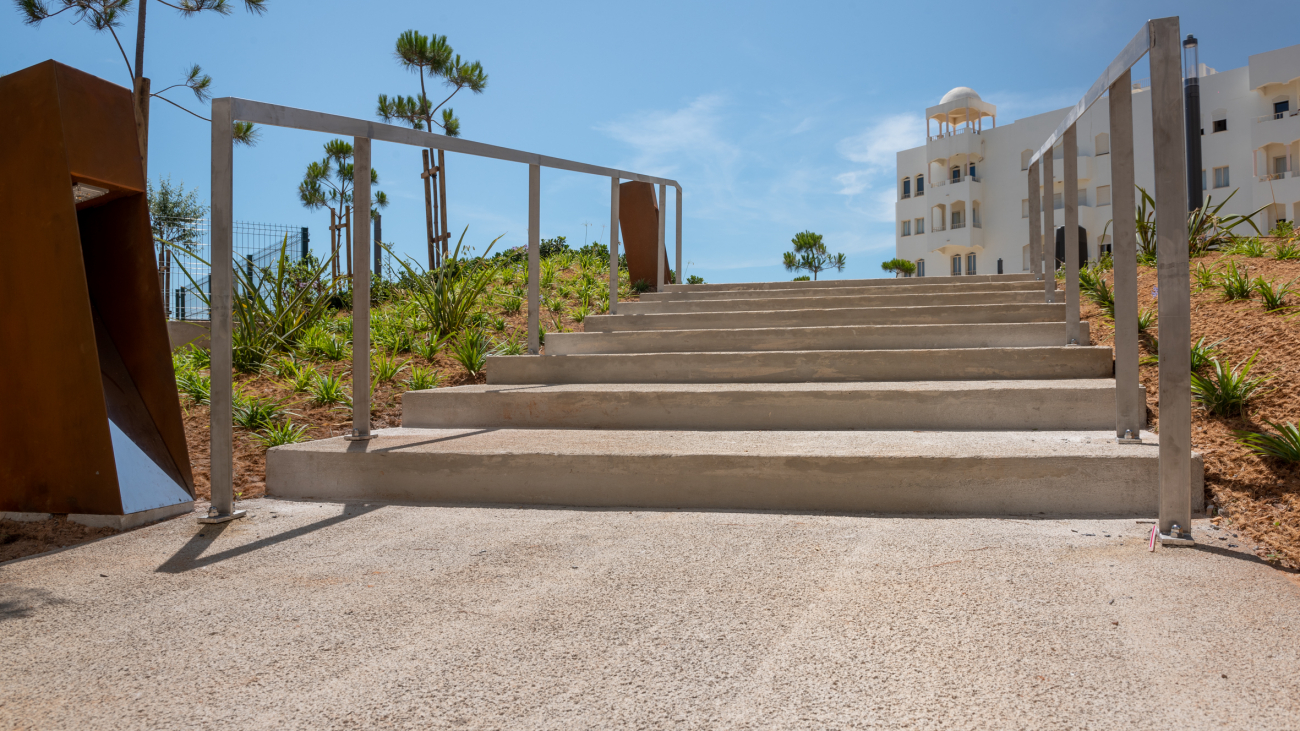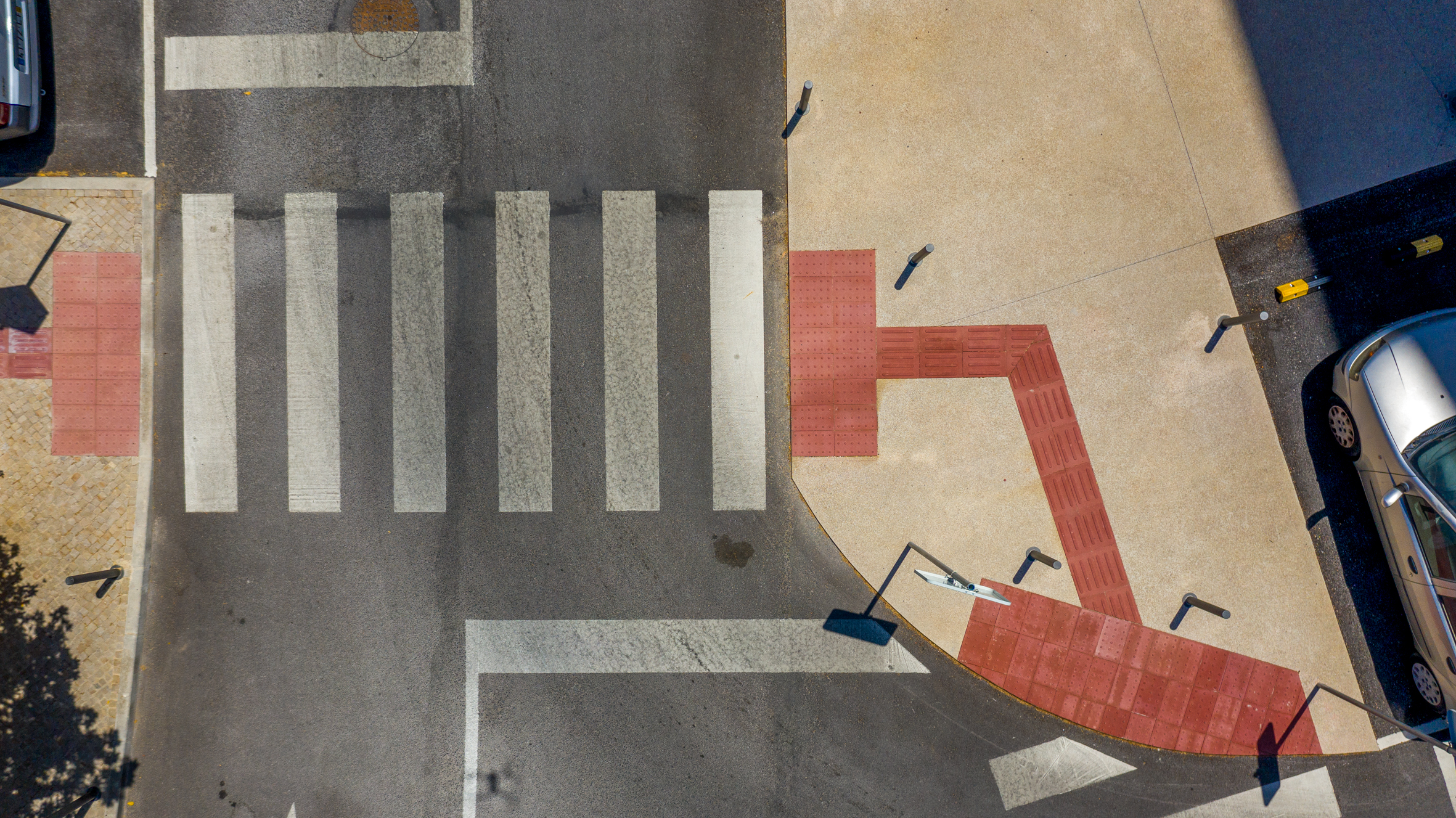currently, several cities are making more and more investments in bike paths and other ways of promoting bicycle mobility.
However, due to the inexperience of some technicians on this matter, the results turn out to be more harmful than beneficial, because it is customary to accentuate conflicts between active modes of mobility, namely pedestrian and cycling mode, because many cycle paths have been built on pedestrian space.
Activist Vera Veritas, argues that, when building a bike path, municipalities must have the following points well established:
- Place the bike lanes in a different location from the pedestrian zone and with a physical boundary; and whenever possible beside the road;
- Obtaining space for your construction should always be at the expense of removing space from the road and never from the pedestrian way.. If this is not possible, it is preferable to avoid building the bike path;
- The cycle path must be continuous and always with a number of interruptions, equal or less than the equivalent route;
- Preferably do, whenever possible, one-way bicycle paths, one for each direction, on the right side;
- Avoid construction of cycle paths, where on the right side of these, there are parking spaces.
Leonel Guerreiro Martins – Ob Públicas, Lda informa com muito orgulho que participou ativamente na realização dos trabalhas necessários para a concretização do circuito pedonal/ciclovia de Vale do Lobo em 2015.

